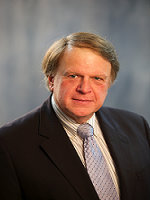We model digital binary image data as realizations of a uniformly bounded discrete random set (or discrete random set, for short), a mathematical object which can be directly defined on a finite lattice. We consider the problem of estimating realizations of discrete random sets distorted by a degradation process which can be described by a union/intersection noise model. We start by providing some theoretical justification of the popularity of certain Morphological filters, namely Morphological openings, closings, unions of openings, and intersections of closings. In particular, we prove that if the signal is “smooth”, then these filters are optimal (in the sense of providing the MAP estimate of the signal) under reasonable worst-case statistical scenarios. Then we consider a class of filters which arises quite naturally from the set-theoretic analysis of optimal filters. We call this the class of mask filters. We consider both fixed and adaptive mask filters and derive explicit formulas for the optimal mask filter under quite general assumptions on the signal and the degradation process.
You are here
Optimal Filtering of Digital Binary Images Corrupted by Union/Intersection Noise
Type:
Conference Paper›Invited and refereed articles in conference proceedings
Authored by:
Sidiropoulos, N D., Baras, John S., Berenstein, Carlos A.
Conference date:
December 16-18, 1992
Conference:
The 31st IEEE Conference on Decision and Control, Vol. IV, pp. 3287-3292
Full Text Paper:
Abstract:
